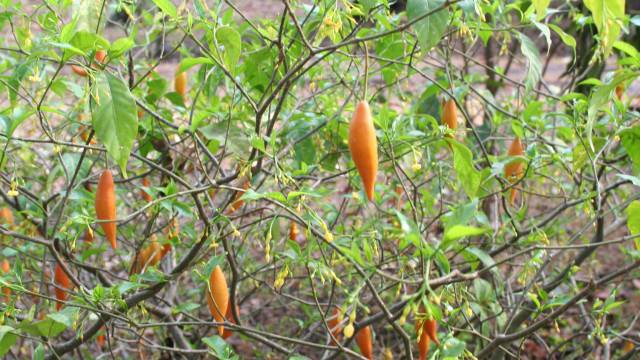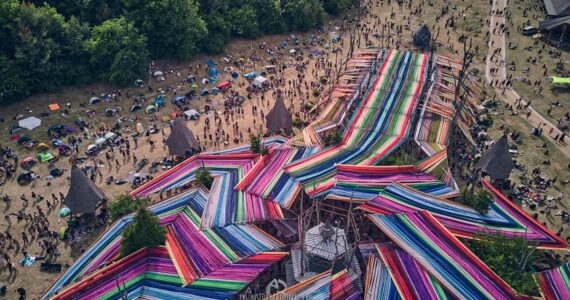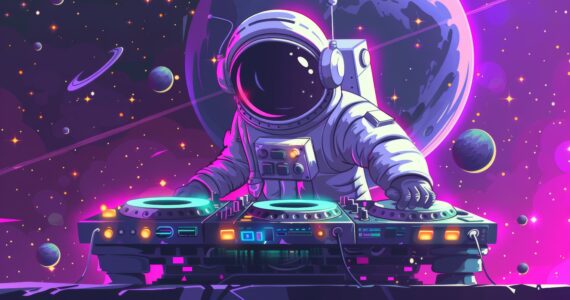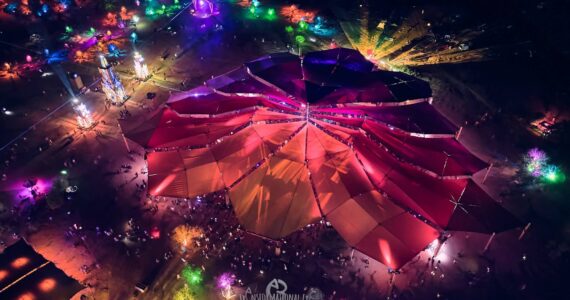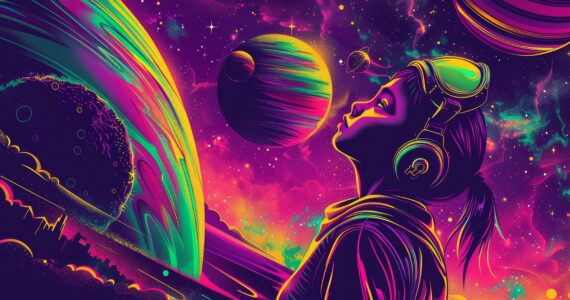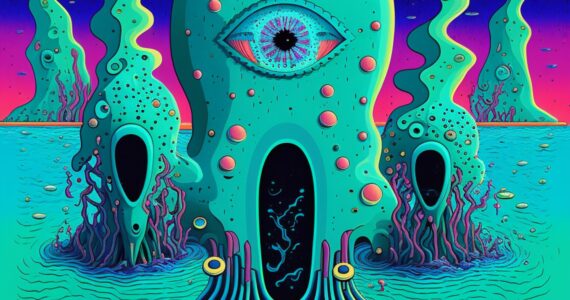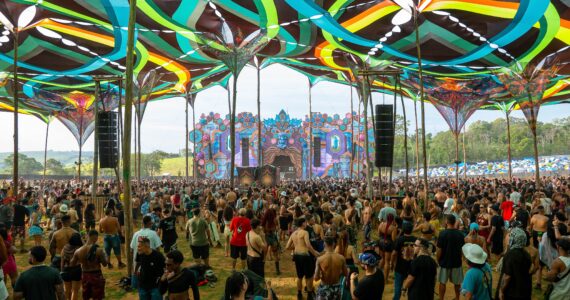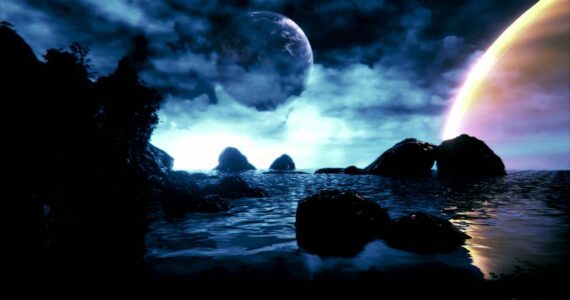Ibogaine – The psychedelic cure for drug addiction?
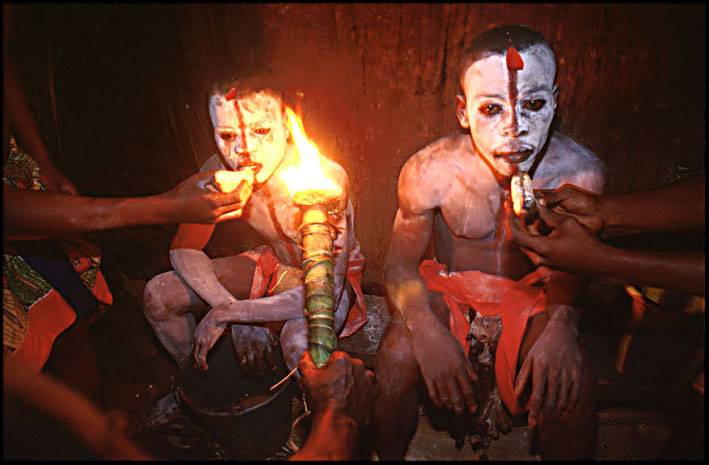
Ibogaine – The psychedelic cure for drug addiction?
Ibogaine is a naturally occurring psychoactive substance found in plants in the Apocynaceae family such as Tabernanthe Iboga, Voacanga Africana and Tabernaemontana Undulata. It is a psychedelic with dissociative properties. It has been reported as a treatment to stop opiate withdrawal, helping drug addicts kick their habit.
In Bwiti religious ceremonies in Gabon, the root bark is pulverized and swallowed in large amounts to produce intense psychoactive effects. The cycle of rituals of all Bwitist sects is based on a religious calendar similar to the Catholic one. The main difference being that the Bwitist rites are conducted at night, as are most rituals connected with the use of hallucinogens. The members of the community get together at night from Saturday to Sunday, and at Christmas and Easter time, at which times they partake of the iboga (ngozé) as communion.
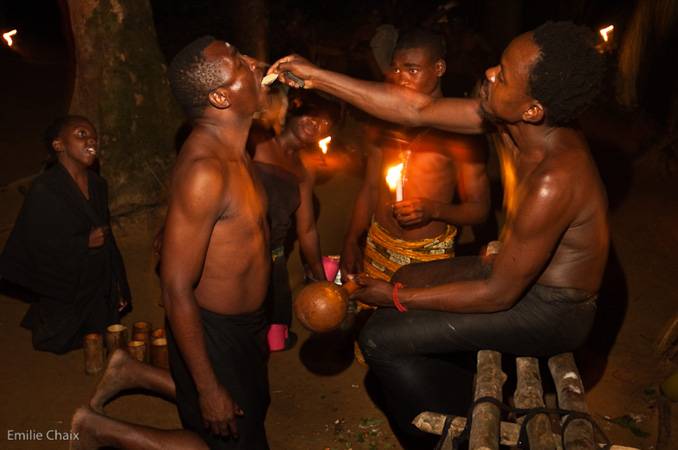
Apart from those times when they all get together, the individual initiation rite is experienced by those desiring to join the community and it consists primarily of the ingestion of a large dose of iboga, much larger than when taken during the normal ngozé. This factor takes the initiate to an altered state of consciousness, to static-mystical states, to a direct contact with the sacred. The occurrence of such initiation leads us to consider Bwiti as a complete psychedelic religion, that is, having an initiating impact which results in great alteration of the individual’s consciousness. Among the Bwitist the moment of initiation is the moment of greatest illumination and must be taken into consideration for the rest of the initiates’ life: in each moment of crisis, the Bwitist goes back to the time of initiation, thus putting himself at the best strategic point of observation.
Terrence McKenna talks about Ibogaine in 1992
The experience of Ibogaine is broken down in two phases, the visionary phase and the introspection phase. The visionary phase has been described as oneirogenic, referring to the dreamlike nature of its psychedelic effects, and lasts for 4 to 6 hours. The second phase, the introspection phase, is responsible for the psychotherapeutic effects. It can allow people to conquer their fears and negative emotions. Ibogaine catalyzes an altered state of consciousness reminiscent of dreaming while fully conscious and aware so that memories, life experiences, and issues of trauma can be processed.
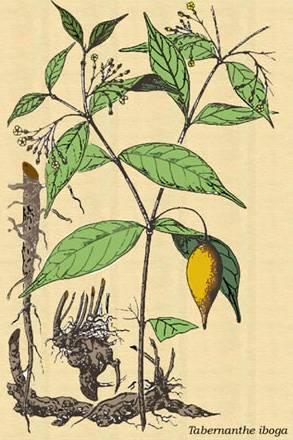
Watch this fascinating documentary about Ibogaine, its source, and its use to treat drug addiction:
Ibogaine as a treatment
Its properties as a treatment to stop opiate withdrawal were unknown until the late 1960’s. Since that time, studies undertaken by leading research and academic facilities have shown that Ibogaine is an effective addiction interrupter for most substances including heroin, methadone, methamphetamine, cocaine, alcohol, and nicotine. That said, Ibogaine is not currently approved for any medical uses. Preliminary research indicates that it may help with drug addiction, however, there is a lack of data in humans. Its use has been associated with serious side effects and death. However, it is used in some alternative medicine clinics and has been prescribed as an unapproved medicine in New Zealand since 2010, and as a legal prescription medicine in Brazil since 2016. In the United States it is a Schedule I substance.
